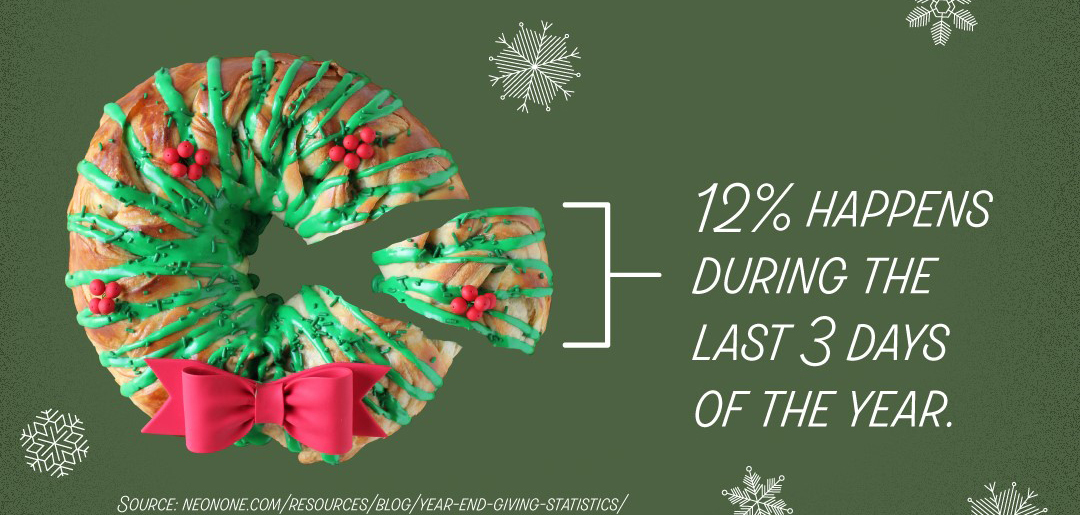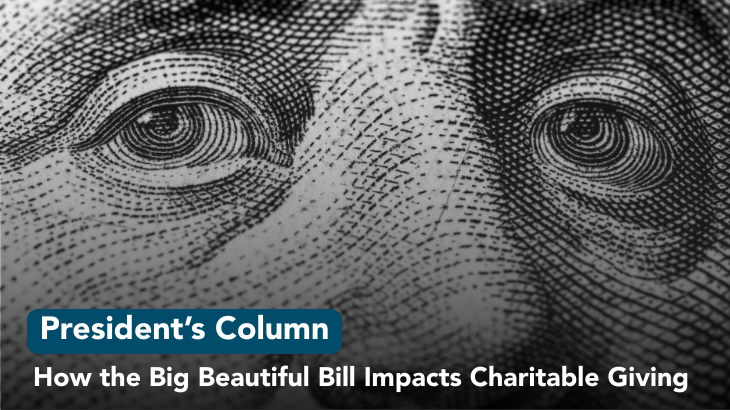
As the year draws to a close, you may be starting to consider your end-of-the-year donations. Not only is December a critical time for many nonprofits to meet their financial goals, but smart planning now can yield significant tax benefits come year-end. With so many deserving causes out there, it's important to explore all your options to ensure that you're making the most of your tax savings while supporting the organizations and causes that matter most to you.
One popular way to save for retirement is through an Individual Retirement Account (IRA). This type of account allows you to invest funds that grow tax-free until you withdraw them during retirement. But did you know that your IRA can also be a powerful tool for your charitable giving? If you're over the age of 70 ½, you can make a Qualified Charitable Distribution (QCD) from your IRA directly to a charitable organization. This is a tax-wise way to give, as the QCD counts towards your Required Minimum Distribution (RMD), and you won't pay taxes on the withdrawal. It's a smart way to avoid income tax on withdrawals from your IRA while supporting your favorite charities.
Another effective way to maximize your charitable impact is to donate appreciated non-cash assets such as stocks. By donating the asset, rather than donating the proceeds from the asset's sale, you can eliminate capital gains tax on the gift and get an itemized deduction for the value of the donation. This is a win-win for you and your charity of choice.
If you're looking for a more structured approach to your charitable giving, you may want to consider a Donor Advised Fund (DAF). With a DAF, you can make tax-deductible contributions of cash or non-cash assets at any time, not just at the end of the year. Community Foundations are uniquely positioned to accept many different gifts to establish a DAF, including appreciated securities, cryptocurrency, and real estate. Plus, all donations to DAFs made by December 31 are eligible for a 2023 tax deduction. Once your DAF is established (with as little as a $5,000 initial contribution), you can start making grants immediately or wait until the timing is right for you. And if you manage all your charitable giving through your DAF, the only receipts you need at tax time are for the gifts into your fund. You won’t have to track down tax receipts from multiple charities to give to your tax preparer.
With the standard deduction for 2023 of $27,700 (married filing jointly), 90 percent of taxpayers cannot itemize their deductions. If you are in this category, another strategy to save on taxes and assist with year-end tax planning is utilizing a charitable bunching strategy with your DAF. Charitable bunching is when you group the contributions you intend to make over a period of years into one large donation to a Donor Advised Fund (DAF). In the year you make your "bunched" donation, you will be able to itemize your tax return and enjoy a larger deduction. In the years you do not bunch contributions, you will continue to make regular donations to your favorite charities through your DAF and claim the standard deduction on your taxes. This method allows you to continue to support your favorite charities while maximizing the tax benefit of your charitable contributions.
Planning your year-end donations is a great way to kick off the holiday season. Many organizations truly depend on these donations, with December giving accounting for roughly 26 percent of annual nonprofit revenue. By utilizing tools like your IRA, a Donor Advised Fund, charitable bunching strategies, and more, you can maximize the impact of your year-end philanthropy while minimizing your taxes. Talk to your financial advisor to find out if there is something more you can do. Remember, smart planning now can help you make the most of your donations and ensure a brighter future for the causes closest to your heart.





